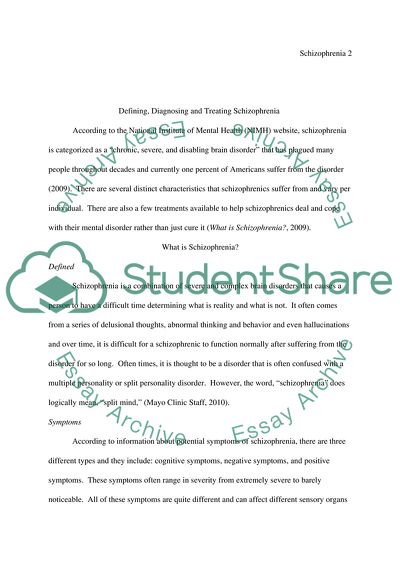Cite this document
(“Schizophrenia Defined and Treated Research Paper”, n.d.)
Schizophrenia Defined and Treated Research Paper. Retrieved from https://studentshare.org/psychology/1438658-schizophrenia-defined-and-treated
Schizophrenia Defined and Treated Research Paper. Retrieved from https://studentshare.org/psychology/1438658-schizophrenia-defined-and-treated
(Schizophrenia Defined and Treated Research Paper)
Schizophrenia Defined and Treated Research Paper. https://studentshare.org/psychology/1438658-schizophrenia-defined-and-treated.
Schizophrenia Defined and Treated Research Paper. https://studentshare.org/psychology/1438658-schizophrenia-defined-and-treated.
“Schizophrenia Defined and Treated Research Paper”, n.d. https://studentshare.org/psychology/1438658-schizophrenia-defined-and-treated.


